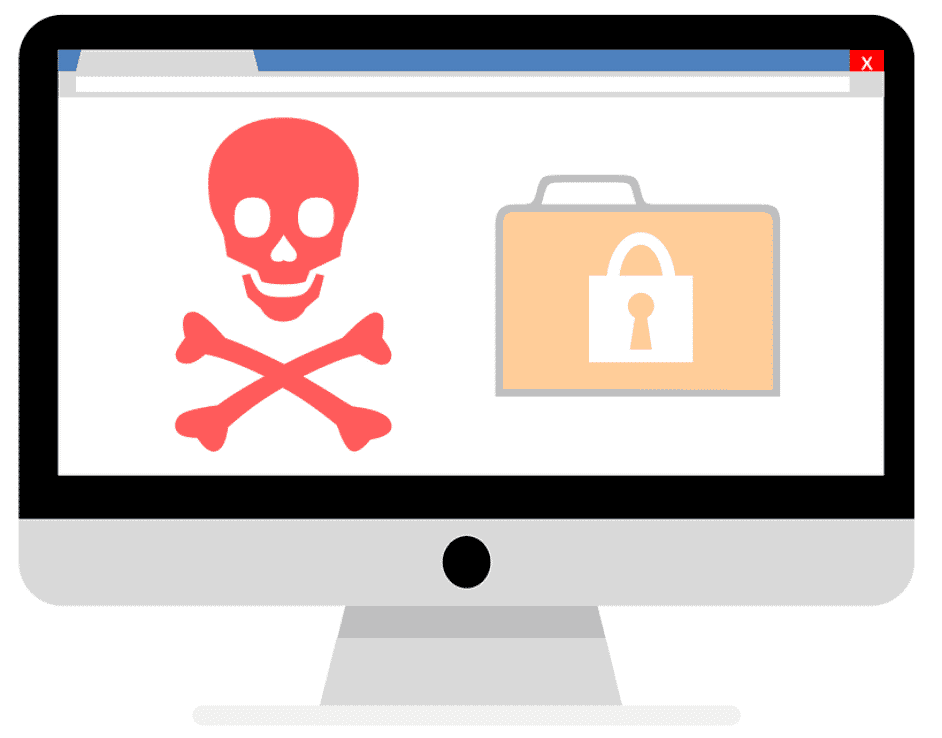
Ransomware Facts & Tips
Ransomware is a type of malware that sneaks its way into your files, takes complete control of them, locks and encrypts them, and then – if that wasn’t bad enough already-  demands you to pay a ransom in order to get everything back. The most common way ransomware is being introduced is via emails, in which the cybercriminals attach documents or insert links that seem to be legit sources at first glance. However, they actually contain malicious code to lock and encrypt your files!
demands you to pay a ransom in order to get everything back. The most common way ransomware is being introduced is via emails, in which the cybercriminals attach documents or insert links that seem to be legit sources at first glance. However, they actually contain malicious code to lock and encrypt your files!
If you are looking for a comparison: cybercriminals will “take your data hostage” or “kidnap” it, until you satisfy their demands. Unfortunately, not even are you guaranteed a full recovery of your files.
Who is being targeted by ransomware? The unsettling answer is: ANYONE!
You are NOT defenseless!
Luckily, it isn’t all that difficult to protect yourself and your organization from a ransomware attack.
If you follow these 5 steps, you are taking the right precautions:
- Keep software on all Internet-connected devices up to date and running on their most current versions!
- If you have the ability, you should consider using two-step verification/authentication to provide additional security for your information.
- Make frequent electronic backups of your valuable data and store it in a safe place.
- Use a strong password, such as a sentence or phrase (you may even include spaces), that are easy to remember.
- Even if you technically know the source of the link or the sender of the message: if something looks fishy, delete it.
- When plugging in external devices such as USBs or Hard Drives, make sure to use your security software to scan them, as they may contain malware.